It surpasses foreign developments in many respects
An analogue of lunar soil, which today is the closest possible copy of the real one in terms of physical and mechanical properties, was created by scientists from the Laboratory of Geochemistry of the Moon and Planets of the Institute of Geochemistry and analytical chemistry named after V.I. Vernadsky RAS (GEOKHI). An article about this was published in the journal Acta Astronautica.
 A well with a depth of 50 cm and a diameter of 2.5 cm was drilled in lunar soil analogous to VI-75. Photo: GEOKHI RAS
A well with a depth of 50 cm and a diameter of 2.5 cm was drilled in lunar soil analogous to VI-75. Photo: GEOKHI RAS
It is impossible to create a complete analogue of lunar soil from terrestrial materials. Therefore, scientists create various versions of analogues for certain properties, for certain experimental tasks (in addition to physical and mechanical properties, these can be analogues similar to lunar soil in mineral composition, thermophysical and electromagnetic properties).
As the head of the GEOKHI RAS laboratory, candidate of geological and mineralogical sciences Evgeniy Slyuta told MK, the institute has now created one of the first Russian analogues of lunar soil, simulating the physical and mechanical properties of the present, which is superior to foreign analogues in granulometric parameters and high adhesion ( adhesion) and record small particle sizes. It was named VI-75 (from the English Vernadsky Institute) — in honor of the 75th anniversary of the institute.
“One of the main requirements for our model soil, in addition to properties close to natural, was the most affordable market price,” says Slyuta. – That is, we had to create it from the cheapest possible components. This requirement is justified by the fact that our lunar soil may be needed in large quantities — for throwing tests of lunar spacecraft, for testing manipulators, drilling rigs, and for soil-collecting devices.
By the way, it is from lunar soil that experts want in the future to create construction material for the construction of residential facilities on lunar bases. A soil substitute is a good model for testing such technologies.
“We recently proposed our soil for sintering research, not only for the construction of lunar “bricks”, but also as a building material for creating solid sites free of lunar dust,” the scientist adds. – You can sinter lunar soil with a laser, focused sunlight or microwave, as in a microwave. We believe that with the technologies we have proposed, it is possible to create landing sites for spacecraft or bases for pioneers to live without the use of additional materials from Earth.
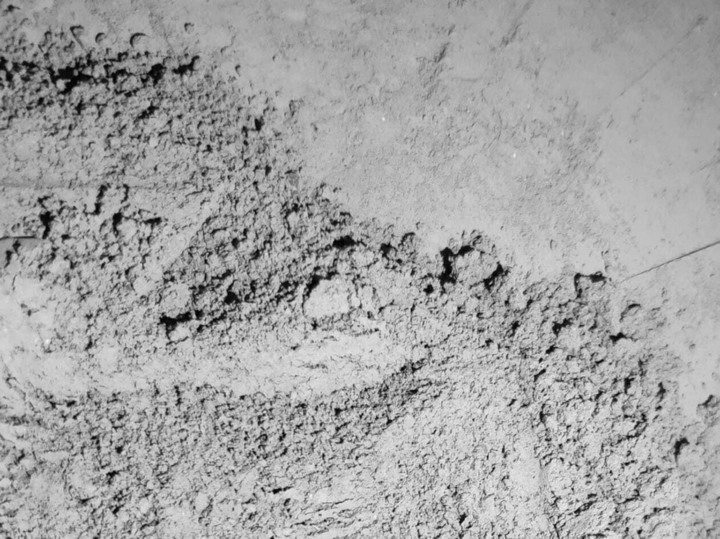 Adhesion and clumping of lunar soil analogue VI-75 during mechanical destruction of the soil surface. Photo: GEOKHI RAS
Adhesion and clumping of lunar soil analogue VI-75 during mechanical destruction of the soil surface. Photo: GEOKHI RAS
What did geochemists ultimately create the earth’s “lunar soil” from?
According to Evgeniy Slyuta, they settled on three man-made components, combined after long tests in a certain proportion. These are ash from state district power plants, slag and crushed quartz sand (it is actively used in the construction industry). It was the quartz particles, which had an irregular pointed shape, that very much reminded scientists of the particles of real lunar soil.
“It was very difficult to select the granulometric composition, which forms the basis for the quality of lunar soil, 50% of which are particles smaller than 70 micrometers, that is, less than the resolution of the human eye,” says the scientist. – We have achieved maximum similarity.
In addition to small granules invisible to the eye, the soil has the highest degree of cohesion and holds a vertical angle, like real regolith.
– If you drill a hole in it and pull out the drill, it will hold the wall, – says Evgeniy Slyuta. – Our tests showed this. In addition, VI-75 exhibits another quality that is very reminiscent of that of regolith — its rolling into lumps.
Currently, soil from GEOKHI has already been sent for testing at the NPO named after. Lavochkin (Roscosmos), to the Space Research Institute of the Russian Academy of Sciences. VI-75 was also of interest to physiologists, who would have to develop protection for astronauts from fine lunar dust. Indeed, according to the reviews of NASA astronauts, who were the first to experience all the lunar “delights”, you cannot hide from this dust in any spacesuits: it is literally omnipresent due to the high degree of adhesion, electrostatics and microscopic particle sizes.








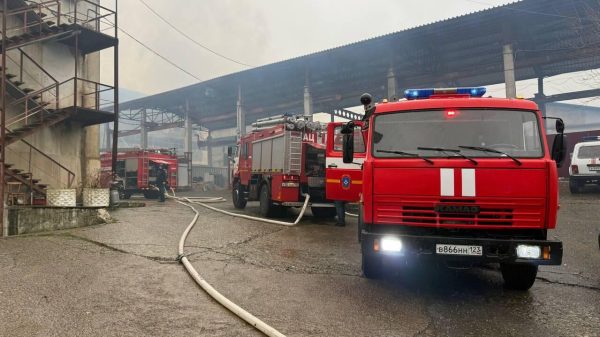








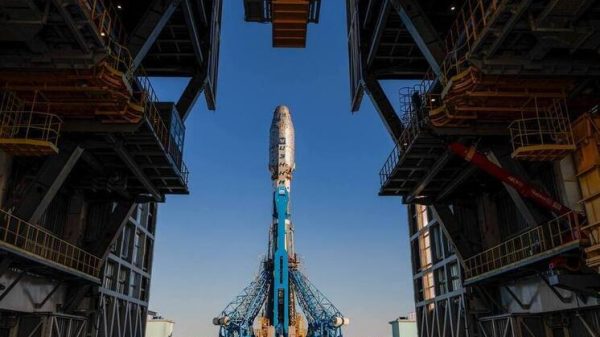
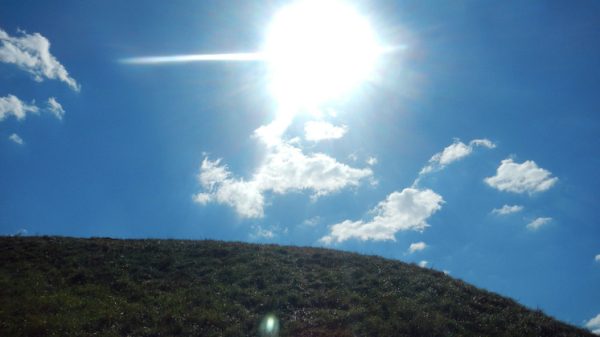


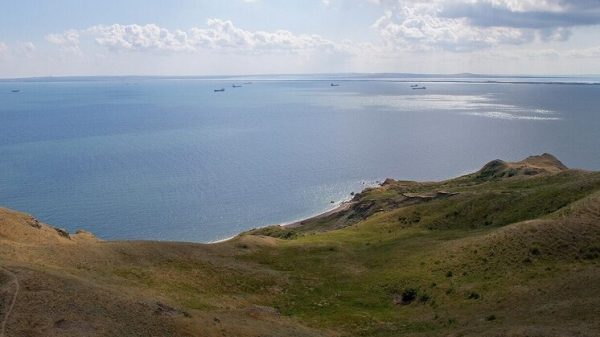













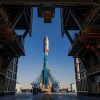
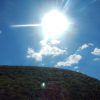


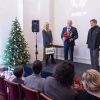















Свежие комментарии